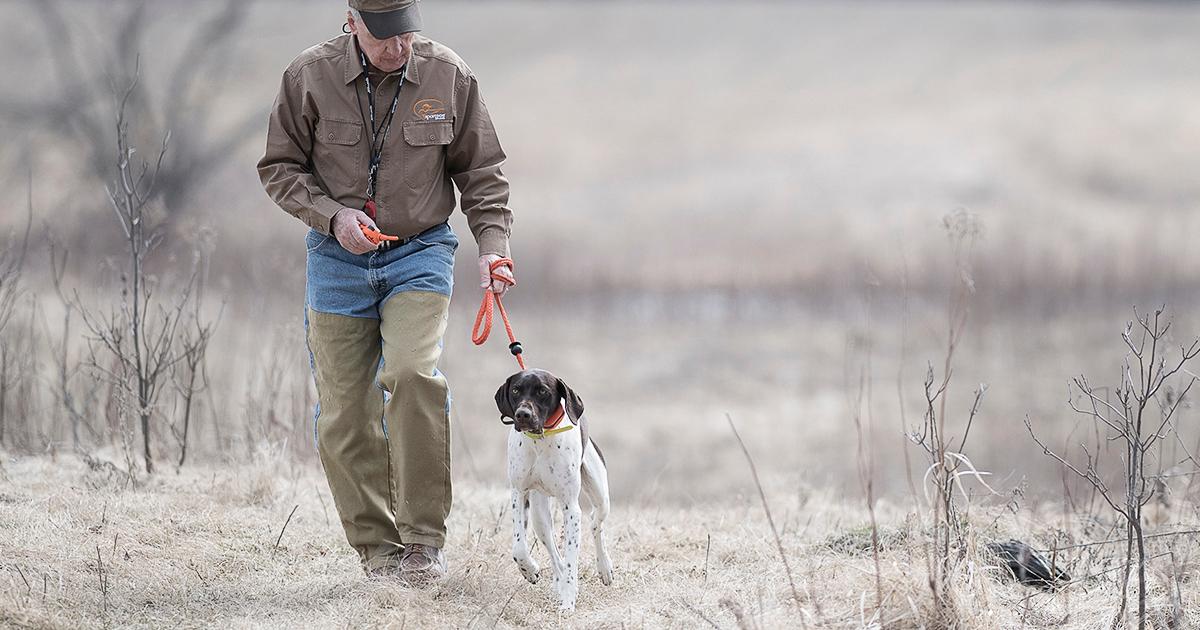
Watch for Displacement Behaviour
Posted by Charlie JurneyNo matter what breed of dog you're training, at some point the dog will try any number of tricks to avoid relinquishing its alpha position. Yawning, scratching, sniffing, head shaking and licking are all methods by which your dog will attempt to delay carrying out a command. Your dog may only attempt one or two of these tricks but most dogs will exhibit at least three of these responses during training.
Be prepared to correct your dog if it should exhibit any displacement behaviour. Avoid losing your temper by staying focused and having a plan when your dog tries one of these tricks. It will quickly recognise that you understand what it is saying and that you are prepared to meet the challenge.
Displacement behaviour can be very subtle and is often overlooked by trainers. If allowed to continue, displacement behaviour will soon lead to defiance, and that may not be quite so easy to correct. Bolting, or running away, needs to be addressed quickly. Keep a lead on your dog if it shows any signs of bolting so you can control its actions and prevent the flight mechanism from being rewarded. If your dog develops a bolting mentality, it is feeling far too much pressure and you need to re-evaluate your training programme or your dog. It would be extremely surprising if the problem is with your dog.
Bolting usually arises from a trainer attempting to go too far, too fast, too soon. Slow down the training process when a bolt occurs and look at what may have caused your dog to run off. If you can identify the cause, eliminate it from your training programme.
Biting is the next form of defiance and is the most worrisome. Whilst there are a few dogs that are truly mean and look to bite people, this is extremely rare. A dog will not bite unless it feels like there's nowhere to turn except by making you go away. If your dog tries to bite you, get some help in the form of another opinion about your dog and your training programme from a professional.
Giving up or lying down is the other principal escape mechanism. The dog will stop trying to perform to avoid its responsibilities for three reasons. Firstly, it has little drive or desire to please. This is typically due to poor breeding or a lack of socialisation during the first six months of its life. A dog might seem to give up in an attempt to trick you into not performing. It may lie on its side and lift its hind leg into the air, adopting a submissive stance. Pay close attention to your dog’s eyes if it tries this trick. If it's looking straight at you, your dog is acting the part of the trickster.
The final reason a dog would quit is due to excessive pressure from the trainer. This dog has given up and is indicating it would rather lie down and take a beating than work in an effort to please its trainer. If your dog chooses to lie down during the training process, you need to pay close attention to yourself and how your dog is being trained.
Always check your local and state regulations related to dog training and the use of game birds on private and public property.
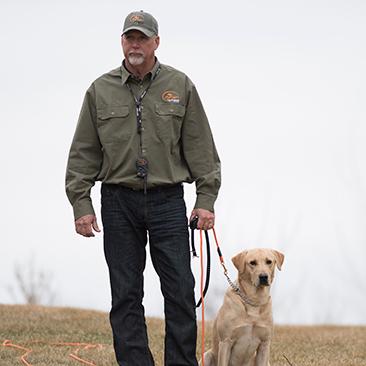
Charlie Jurney
Piedmont, NC
Charlie Jurney has been training performance and hunting dogs for more than 30 years. During that time, he has produced hundreds of titled dogs including Grand Hunting Retriever Champions, Hunting Retriever Champions, Master Hunters, Grand Master Hunting Retriever Champions, and Master Hunting Retrievers. His writings have been featured in The...
Related Articles
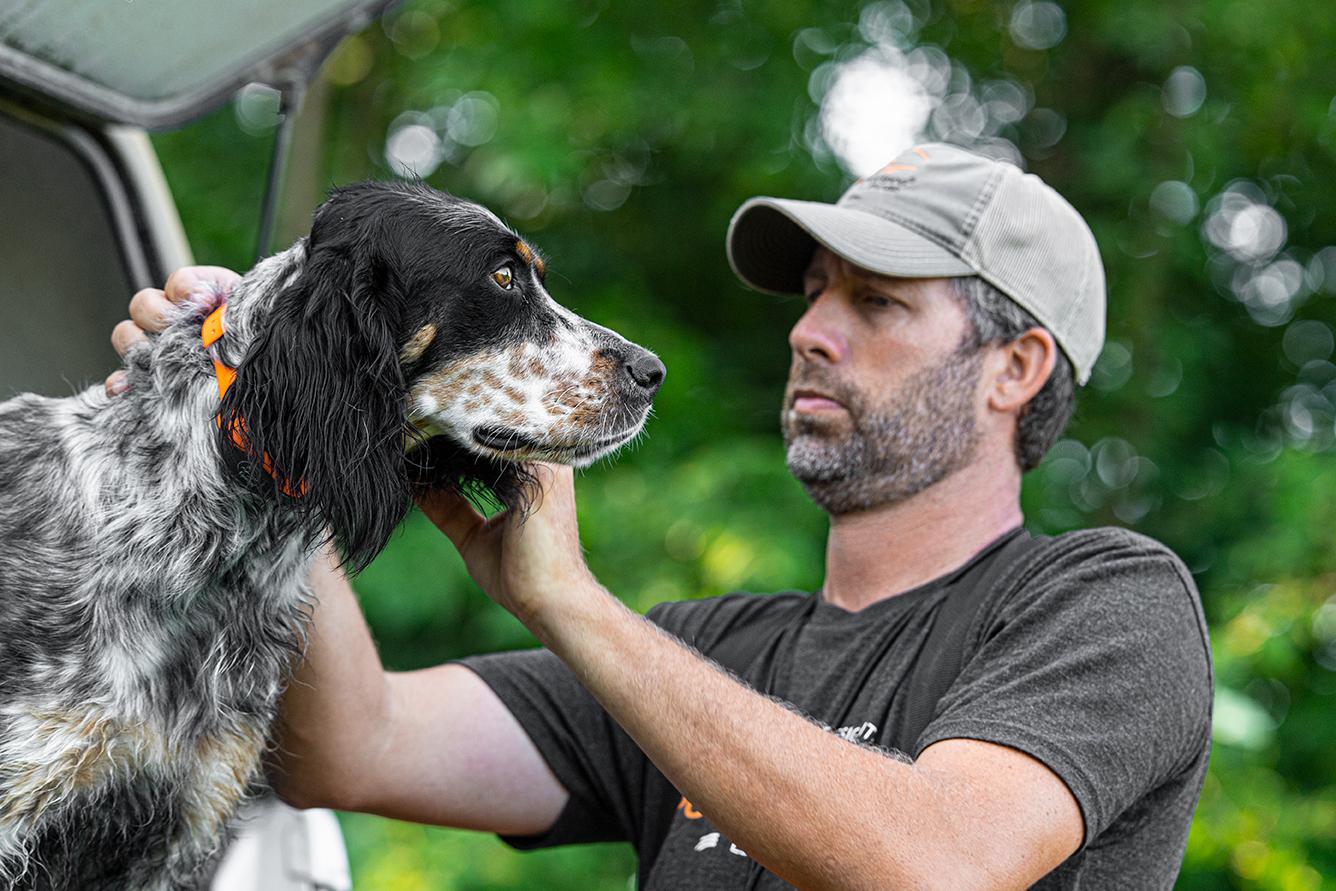
Understand This Before You Train
by Charlie Jurney
Every animal on the planet has an alpha or beta relationship with every other animal. We usually think of 'beta' as submissive and beaten down, but in wild packs or herds, that is not the case. The beta dog in a pack of wild dogs is still quite happy and...
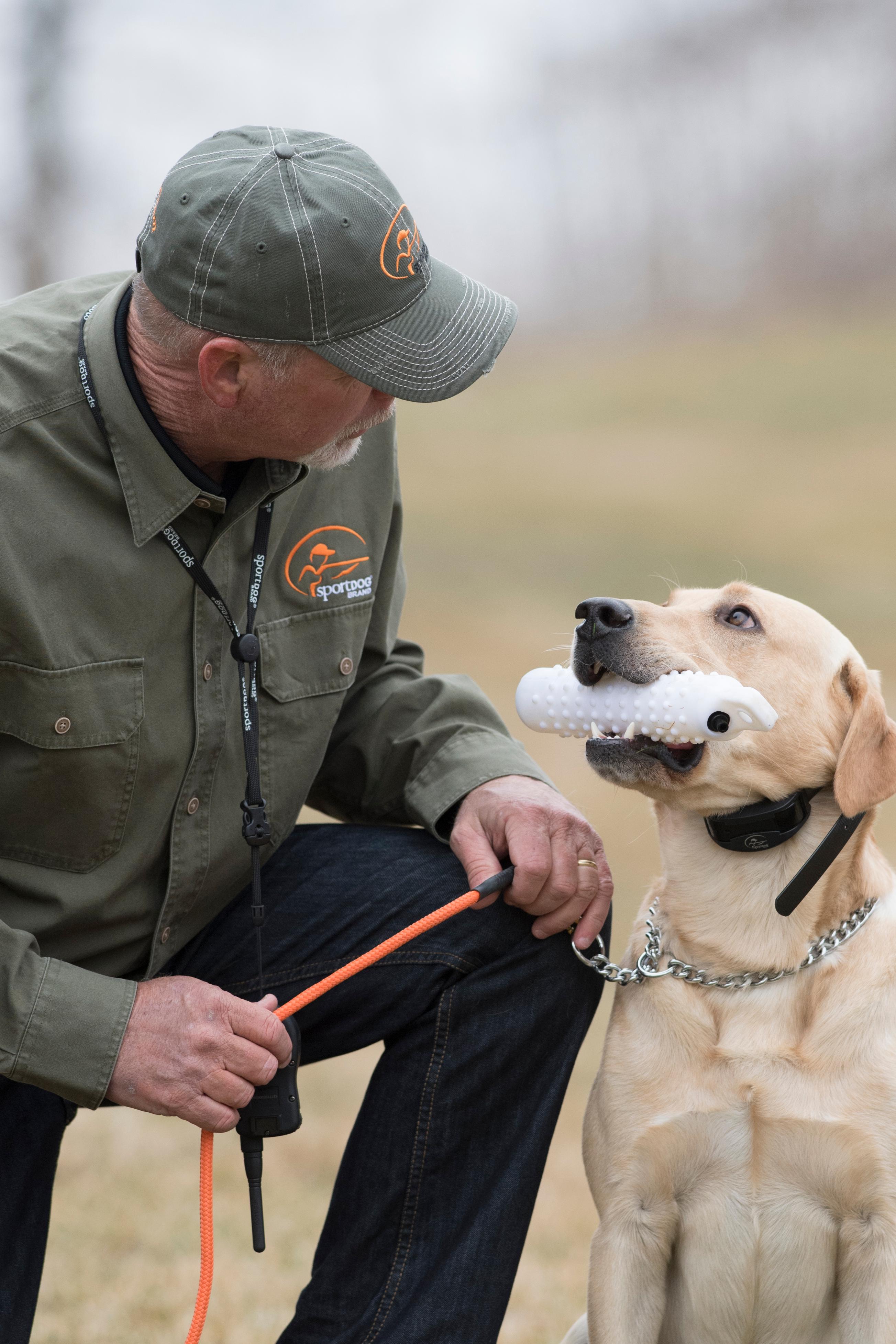
Training Commands: Speak Less, Reinforce More
by Charlie Jurney
No matter how good our intentions, we hunters and dog trainers as a whole commit one error that sets our training progress back and creates additional problems. We commit this error over and over again, and it’s vitally important to recognise it and fix it. What am I talking about?...
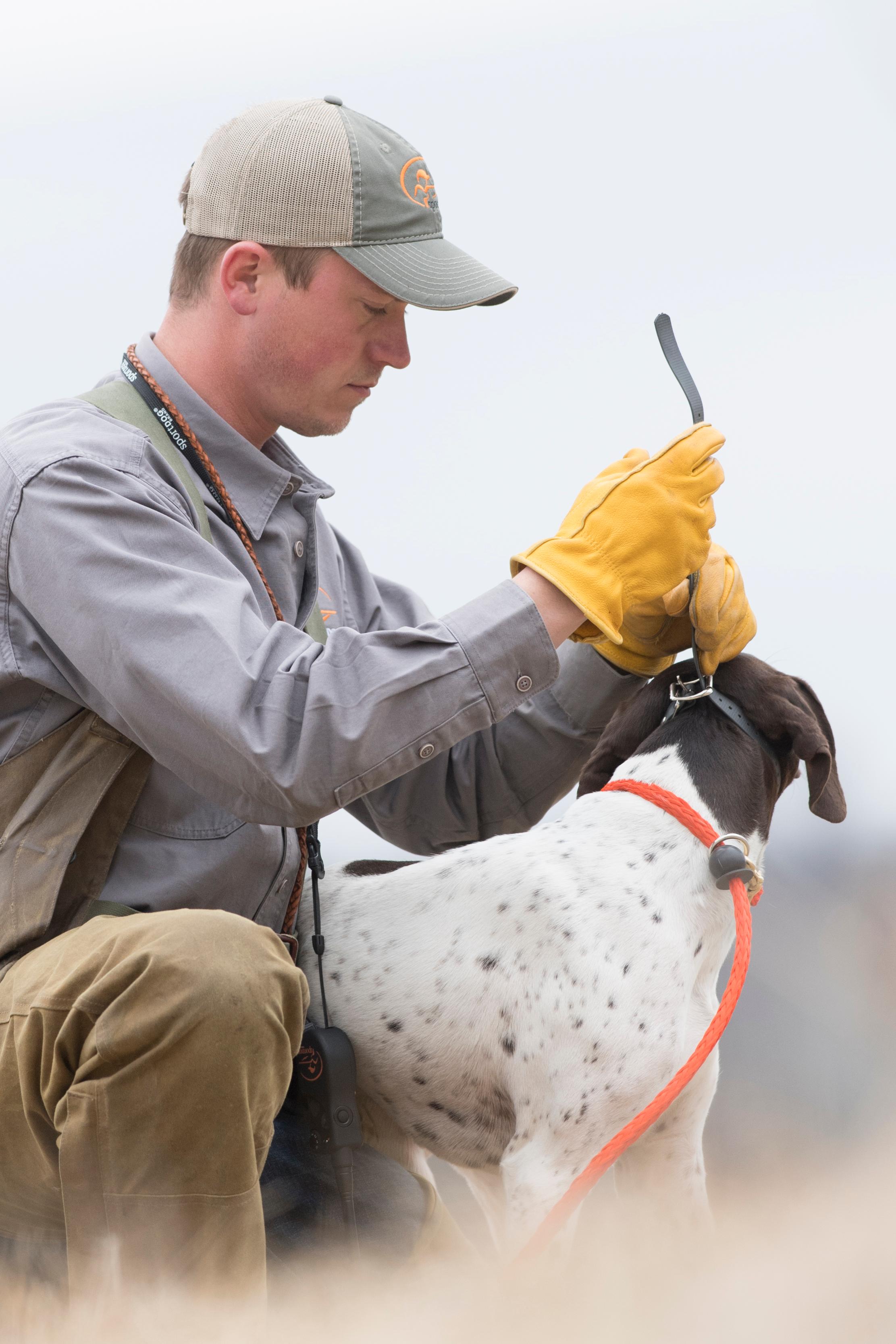
Proper Introduction to the E-Collar
by Chris Akin
The e-collar is an amazing tool. It can fine-tune a dog, extend your control, and even save an animal’s life. But here’s the thing: You must understand what it is. It is not a magic bullet. I call it a polishing tool. It’s an enforcement tool and a distance minimiser. What...
